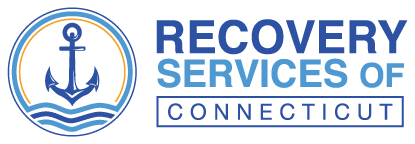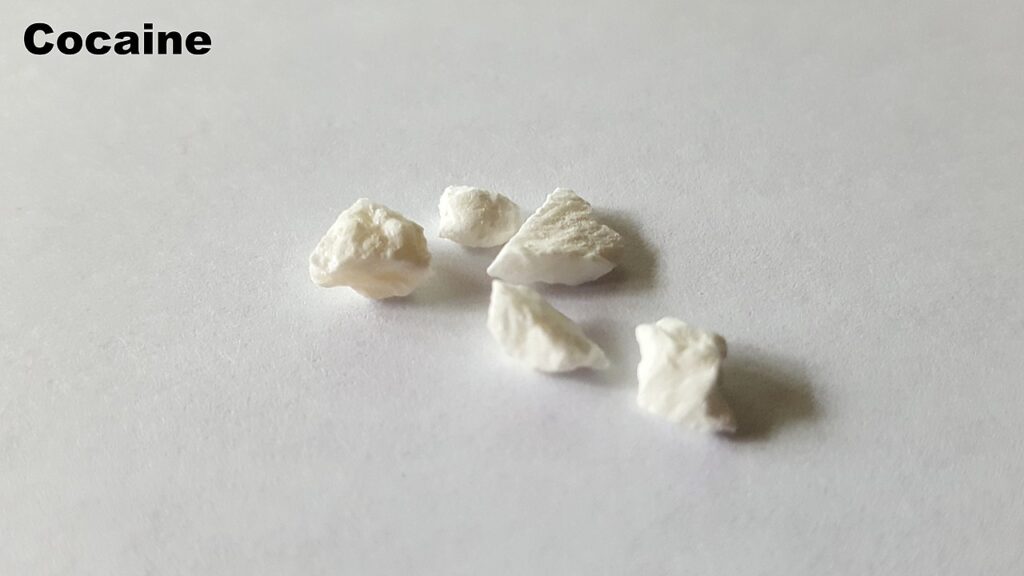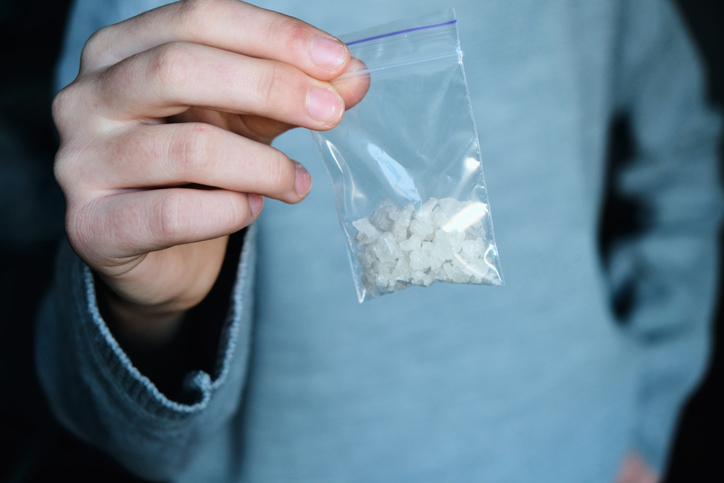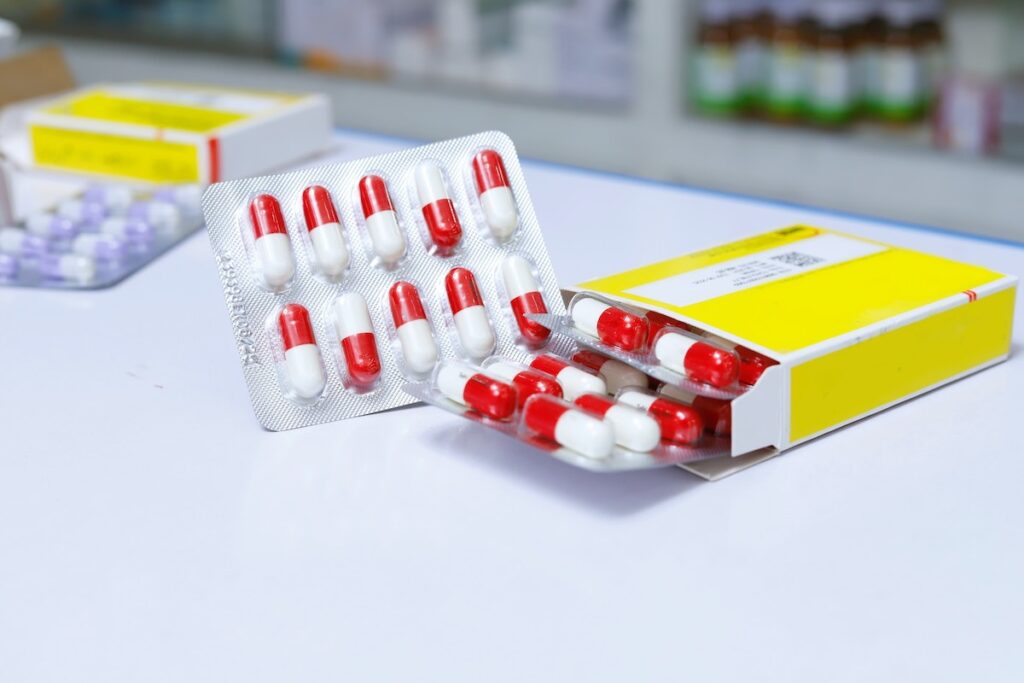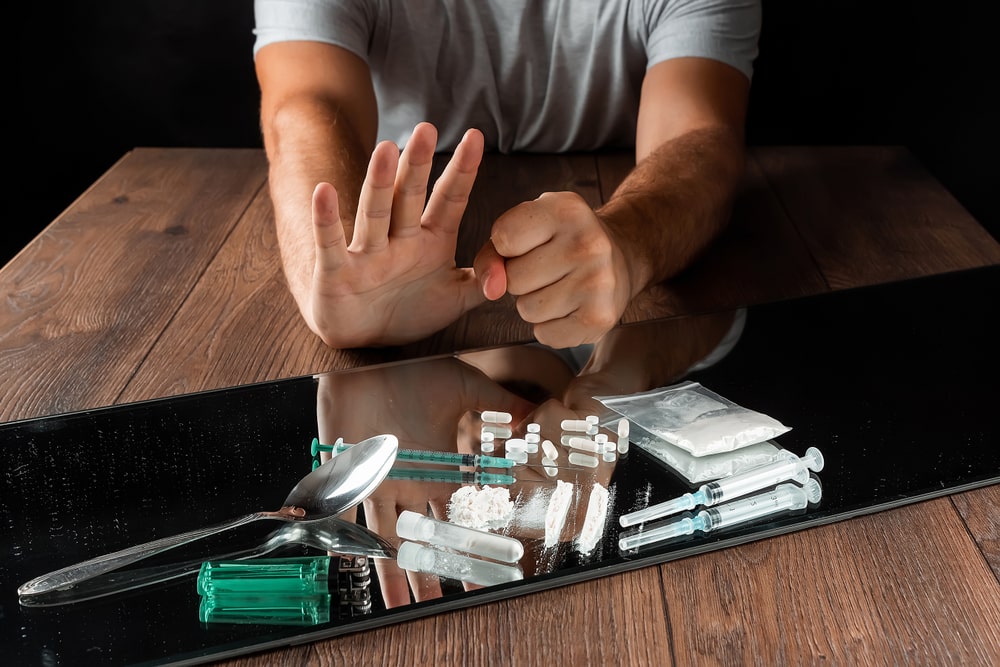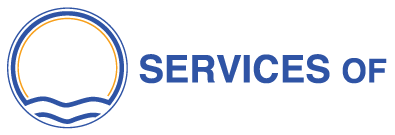Opioid addiction is a complex issue that affects millions of people worldwide. It’s like a shadow that follows you everywhere, impacting every aspect of your life. But, just like turning on a light can make a shadow disappear, effective treatment can help manage opioid addiction. This article aims to shed light on the various aspects of opioid addiction treatment.
Understanding Opioid Addiction
Opioids are a class of drugs that include both legal and illegal substances. They work by binding to specific receptors in the brain, reducing the sending of pain messages and feelings of pain. This disruption in the normal functioning of the brain is what we call opioid addiction, a chronic brain disease.
Legal opioids include drugs such as:
- Morphine (brand names: Kadian, Avinza)
- Codeine
- Oxycodone (OxyContin, Percocet)
- Hydrocodone (Vicodin)
Fentanyl, a synthetic opioid, is used for severe pain management in medical settings, but it is also produced illegally and is a major contributor to overdose deaths. Heroin is an example of an illegal opioid.
Now, imagine your brain as a complex highway system. Normally, traffic flows smoothly. But when opioids enter the system, they create roadblocks, disrupting the normal flow. This disruption is what we call opioid addiction, a chronic brain disease. It’s like a pothole that keeps getting bigger and more damaging the longer it’s left untreated.
The problem arises when these drugs are misused. Over time, the brain becomes reliant on these substances to feel normal, leading to addiction. This is a chronic condition that can lead to significant issues relating to health, relationships, and societal functioning. Understanding this is the first step towards seeking treatment and recovery.
The Treatment Process
The treatment process for opioid addiction is like a journey. It begins with recognizing the problem and seeking help. The first step in this journey is an assessment, which is conducted by a clinician. This comprehensive evaluation helps chart the course for your treatment journey.
Here are the steps:
- Recognizing the problem and seeking help: This is akin to realizing you’re lost and asking for directions.
- Assessment: Conducted by a clinician, this is similar to a mechanic inspecting a car to understand what repairs are needed. The clinician evaluates your physical and mental health, the extent of your drug use, and its impact on your life. This comprehensive evaluation is like a roadmap, helping to chart the course for your treatment journey.
- Development of a treatment plan: This plan, tailored to your unique needs and circumstances, is like a personalized travel itinerary. It typically includes medication, counseling, and support services, and it’s regularly reviewed and adjusted as needed, much like how a GPS recalibrates the route based on changing traffic conditions.
- Active participation: Throughout the treatment process, the patient’s active participation is crucial. It’s like being the driver on your journey to recovery. You need to take the prescribed medication, attend counseling sessions, and engage with support services.
It’s a challenging journey, but with determination and the right support, it’s a journey that can lead to recovery.
Treatment Options
Treatment for opioid addiction is a comprehensive approach that involves more than just medication. It’s like fixing a complex machine—you need a variety of tools and strategies, not just a single wrench.
- Medications: Methadone, buprenorphine, and naltrexone are important tools in the toolbox. They help manage withdrawal symptoms and cravings, making it easier for the brain’s traffic to flow smoothly again.
- Counseling and therapy: These are like the instruction manual for the machine. Cognitive-behavioral therapy can help you change the thought patterns that lead to drug use, while contingency management provides incentives for staying drug-free. Family therapy can help repair the relationships that may have been damaged by addiction.
- Support programs: 12-step programs are like a support crew that helps keep the machine running smoothly. They provide a supportive community of individuals who are also navigating the journey of recovery.
- Additional services: Treatment also includes services to address other areas of your life that may have been affected by addiction, such as employment, legal issues, or mental health problems. These are like the additional services that keep the machine functioning optimally.
Medications Used in Treatment
Methadone, buprenorphine, and naltrexone are the three main medications used in opioid addiction treatment. Think of them as tools in a toolbox, each with a different function. Methadone and buprenorphine act like a detour sign, redirecting the brain’s traffic to reduce the desire for opioids. Naltrexone, on the other hand, acts like a barricade, blocking opioids from affecting the brain. Each tool has its own benefits and risks, and the best one for you depends on your unique situation.
Counseling and Support
Counseling is an essential part of treatment, acting as a GPS guiding you on your journey to recovery. It helps address personal, social, or other problems that may contribute to addiction. Support groups are like carpooling with others who are on the same journey, providing mutual support and encouragement.
Special Considerations in Treatment
Just as a car needs different maintenance depending on its make and model, treatment for opioid addiction needs to be tailored to the individual’s specific needs. For instance, pregnant women, individuals with mental health issues, or those in the criminal justice system may require different approaches to treatment. Adolescents, too, need special consideration in their treatment plans.
Dealing with Withdrawal
Withdrawal from opioids can be likened to the discomfort you feel when you abruptly stop a fast-moving car. It’s a jarring experience, but medication can help manage these symptoms, acting like shock absorbers to soften the impact. Quitting “cold turkey” is like trying to stop the car without brakes—it can lead to stronger cravings and continued use.
Preventing and Responding to Overdose
An opioid overdose is like a car crash—it’s a serious situation that requires immediate medical attention. Naloxone is the first aid kit in this scenario, used to treat an opioid overdose. It’s important to know how to use this life-saving tool and how to respond correctly in the event of an overdose.
Conclusion
Managing opioid addiction is a long journey, but with the right treatment and support, it’s a journey that can lead to recovery. It’s important to remember that relapse may occur, but it’s just a detour, not the end of the road. With ongoing treatment, the road to recovery can become smoother and easier to navigate.
